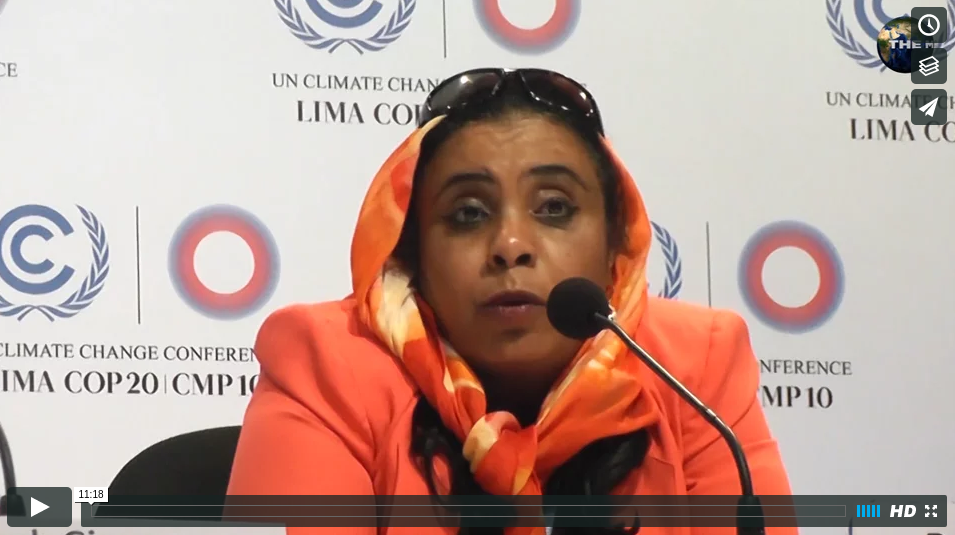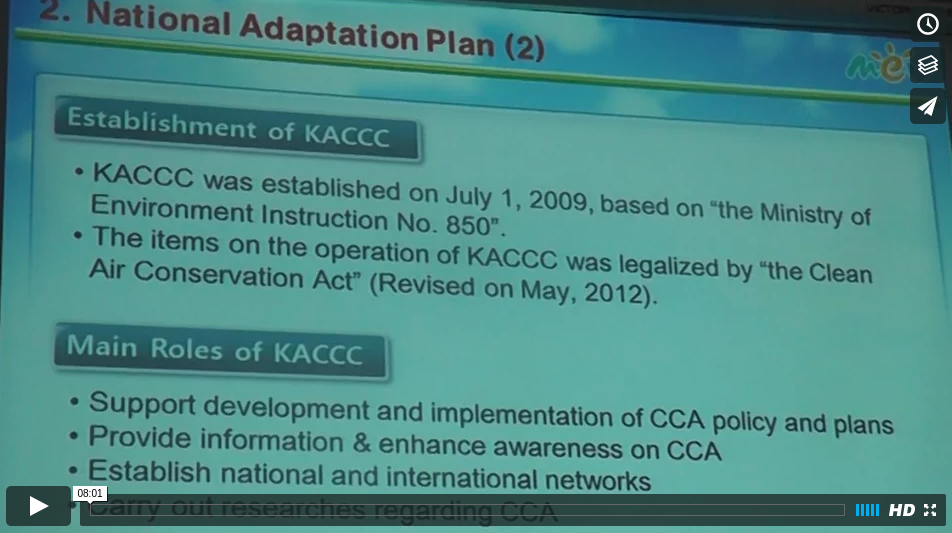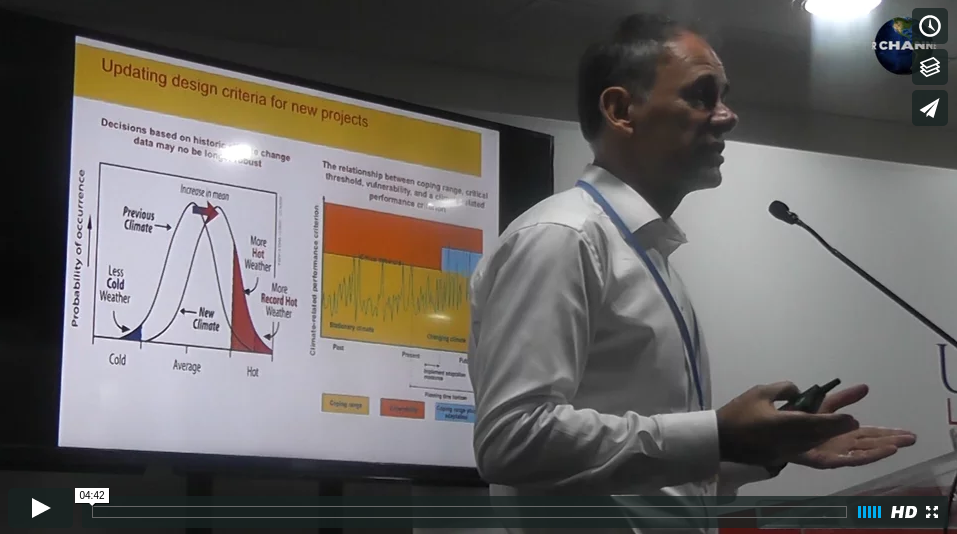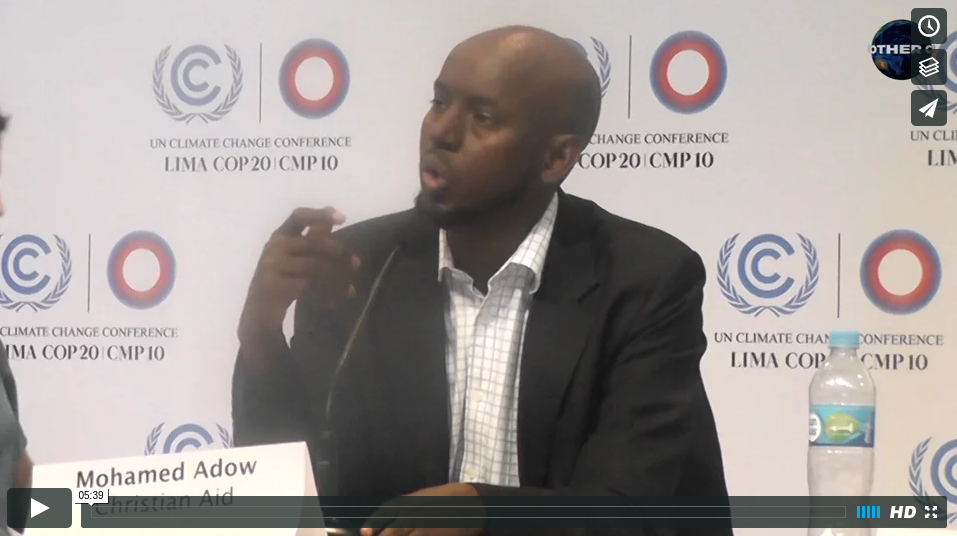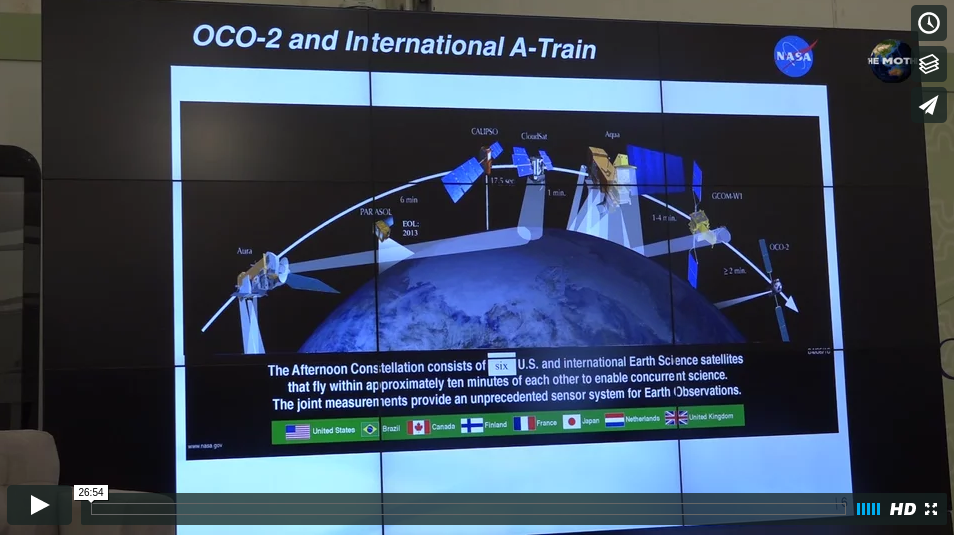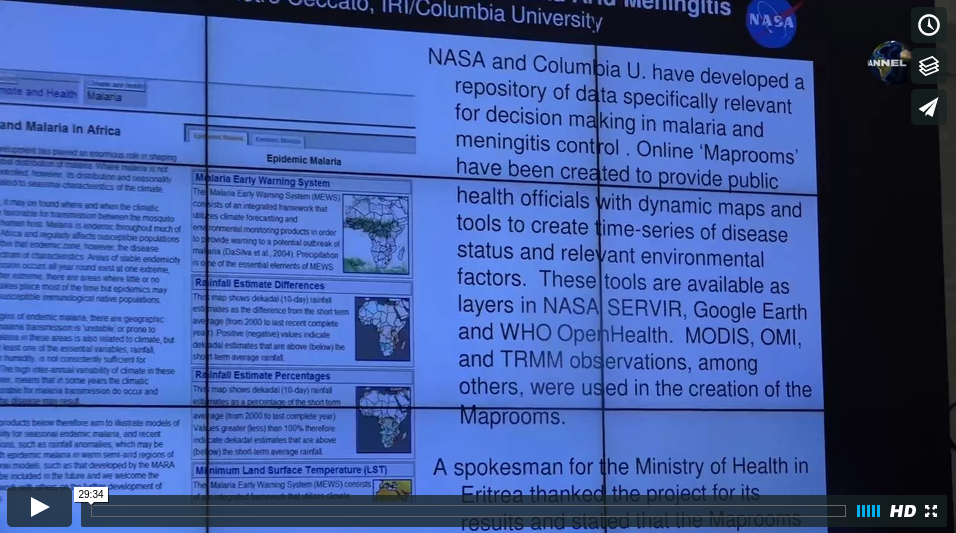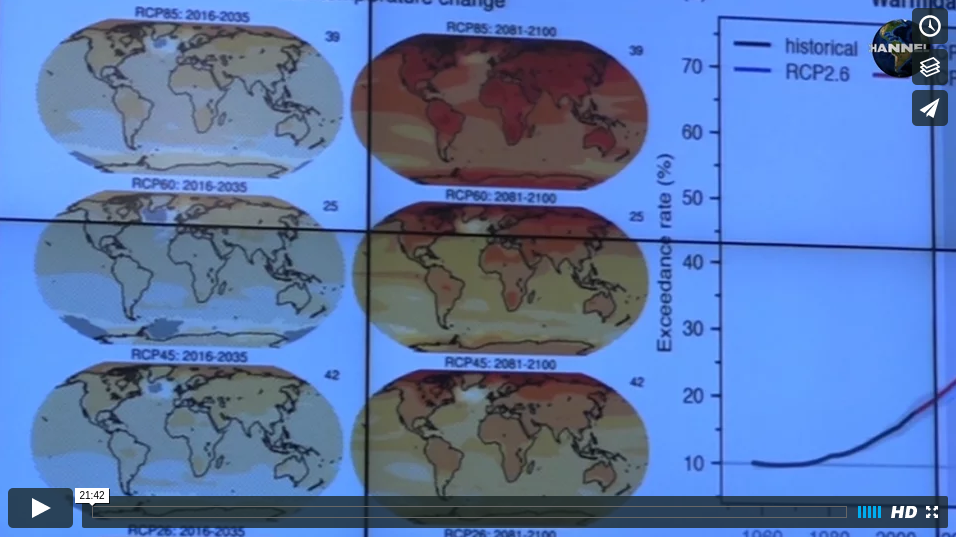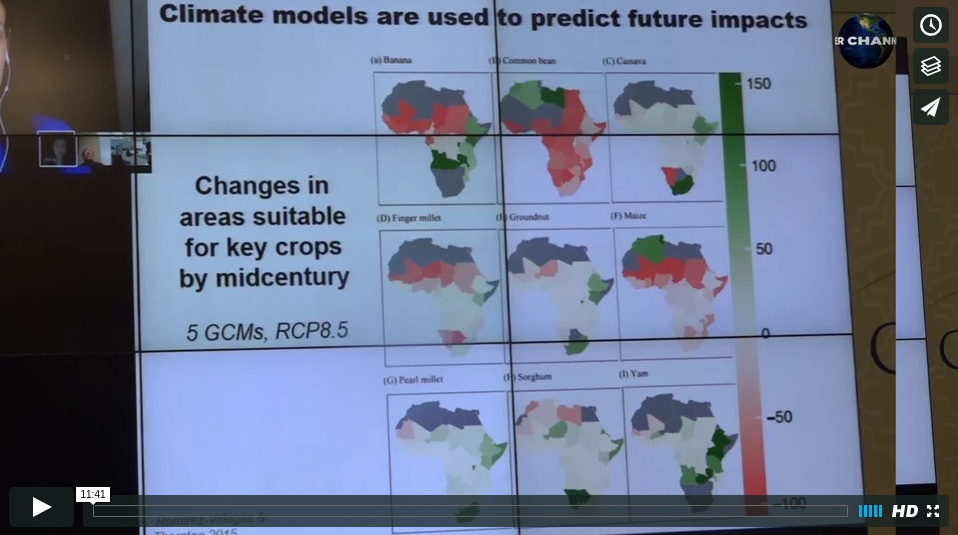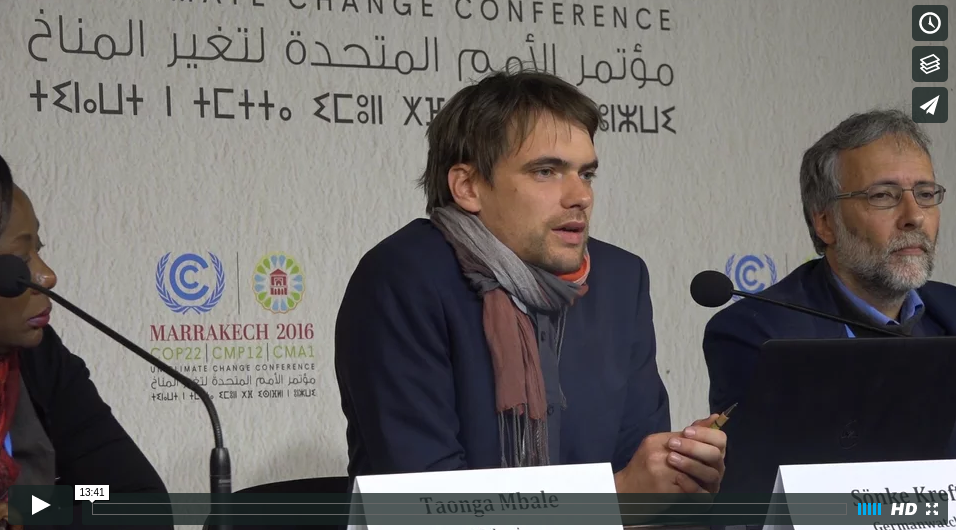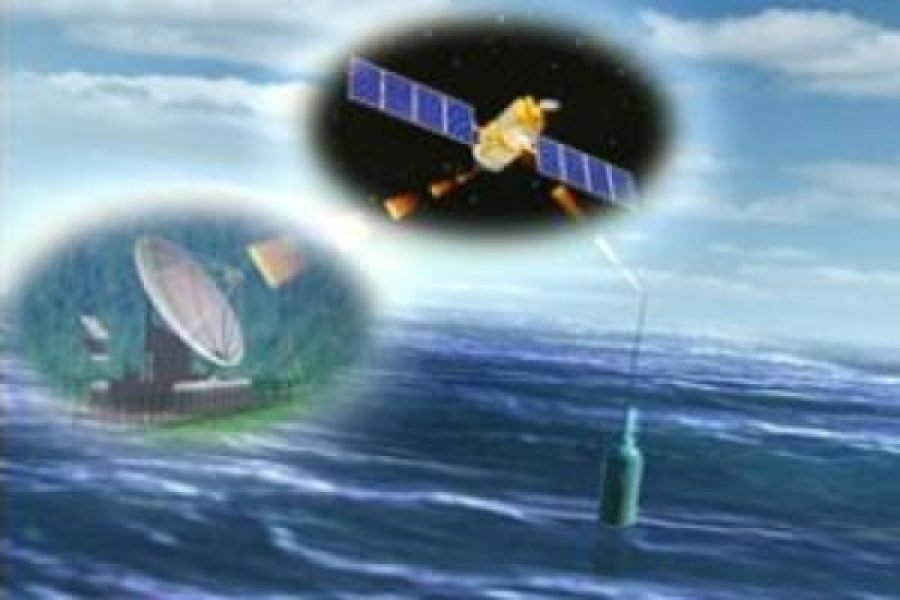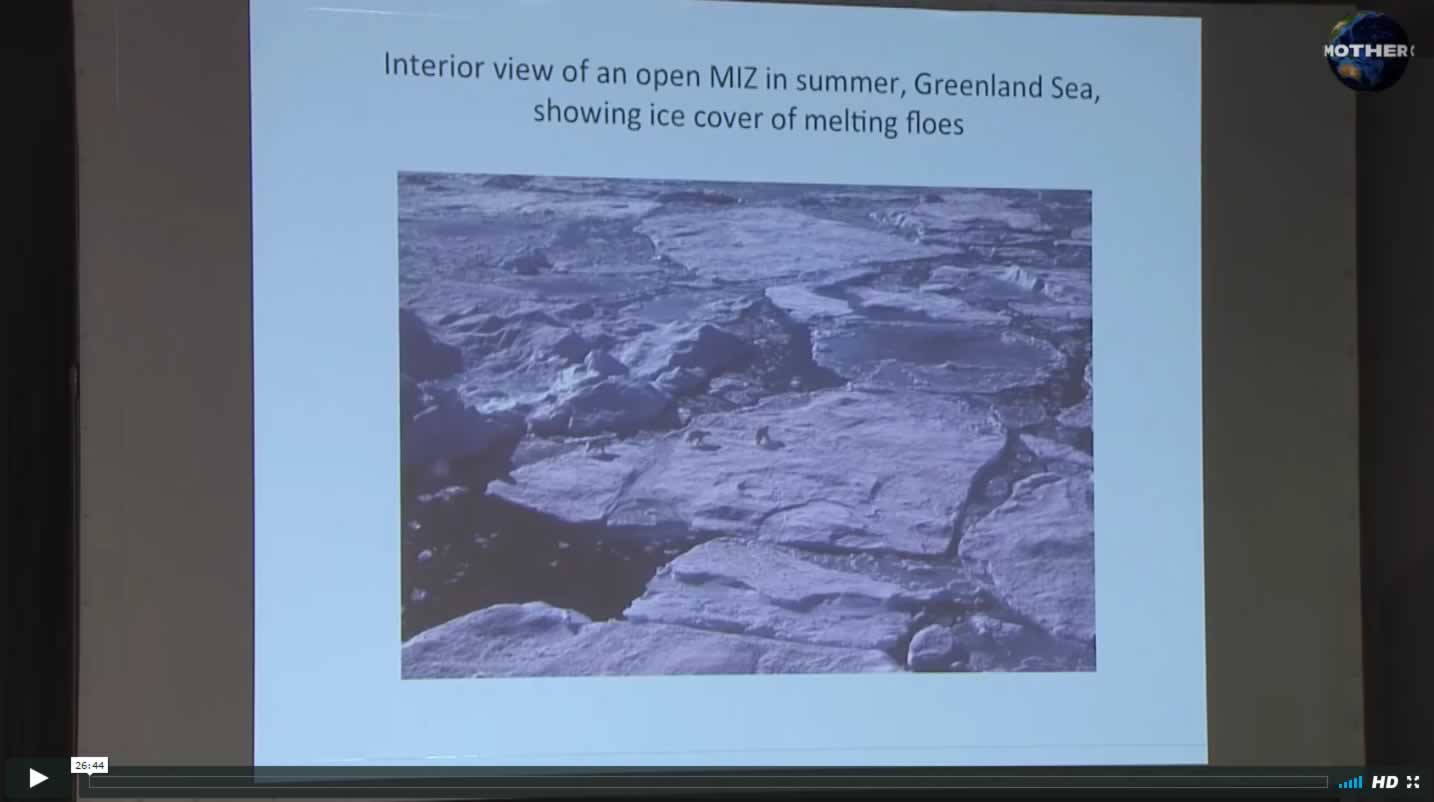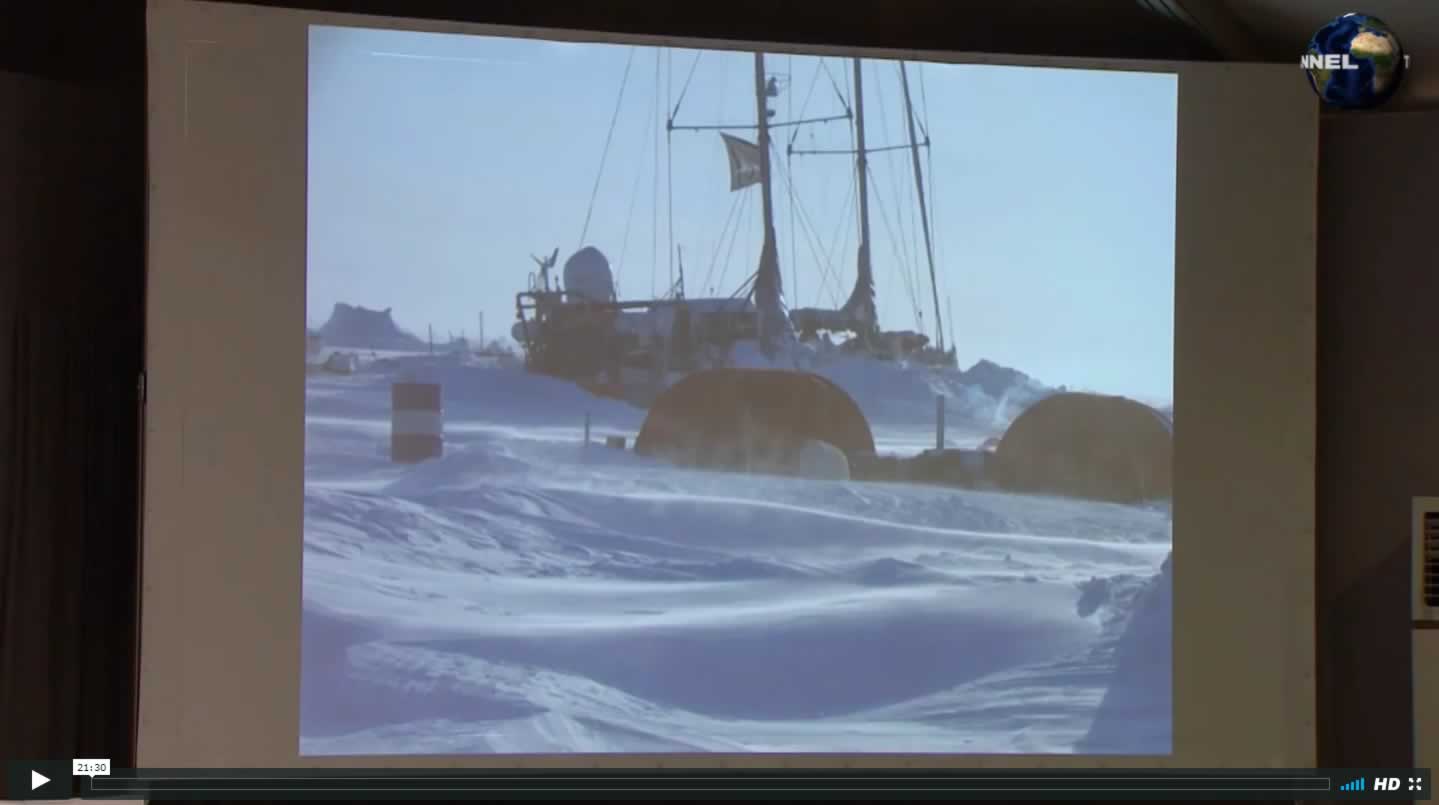- Live Stream
- Climate Change
- ENN
- Environmental Info
- Green Business
- Green Solutions
- Beautiful World
- Categories
- Articles
- Arctic & Glaciers
- Polar Regions and Glacier Reports
- Ethical Dimensions
- Global Warming
- Peatlands & Wetlands
- ENN – The Environmental News Network
- Agriculture
- Chemicals
- Conservation
- Fish Crime
- Forests
- Health
- Mountains
- Oceans
- Energy
- Money
- Green or Gone
- Nutrition
- Permaculture
- Various Solutions
- Powerful
- Watch This
- Water
- Breaking News
- Series ENN
NASA Earth Observations Systems and Applications ~ Part One
NASA’s Dr Ali Omar (Research scientist – Chemistry and Dynamics div. of Langley Research Centre) speaks on NASA Earth Observations Systems and Applications, from which data is utilized for societal benefit to solve day to day issues in terms of Health and Air Quality, globally, at COP 22, Marrakech. NASA currently has multiple Earth Science […]
CLOSE

